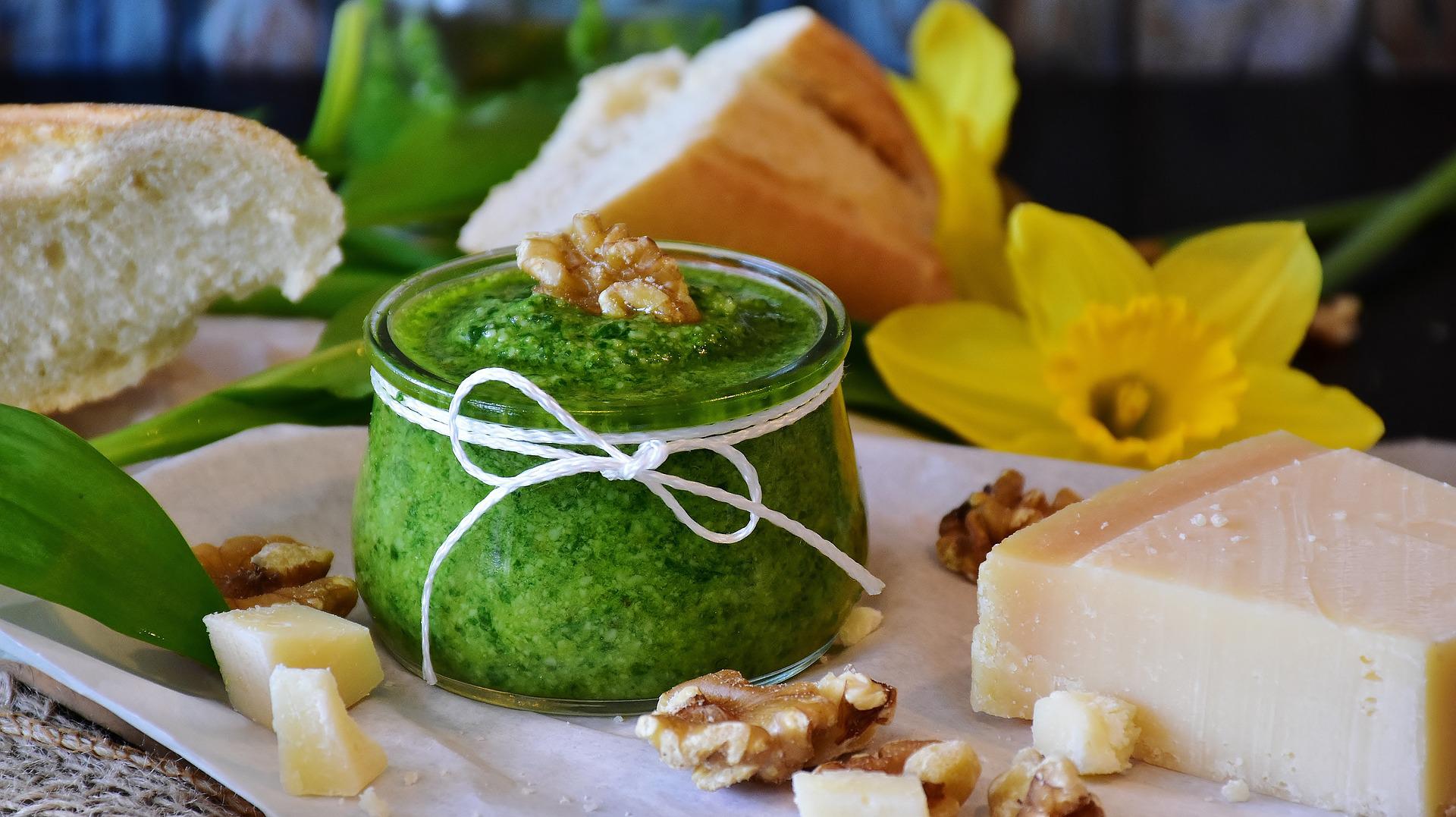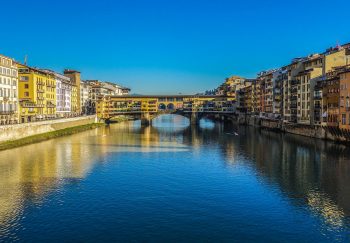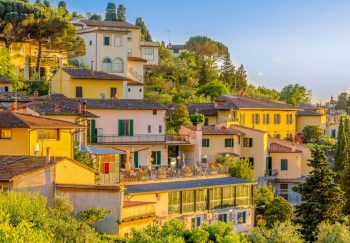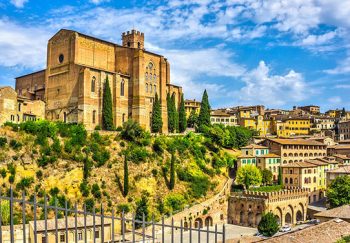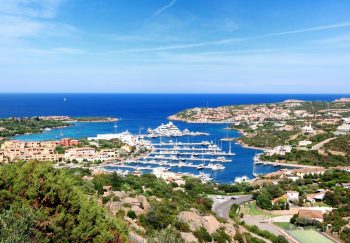Pesto pasta is a popular dish in Liguria (Italy), and it has gained a lot of popularity around the world. However, you might find a different pesto dish when you order it abroad than what you would find in Liguria. Let’s find out what “pesto” actually means and what pesto alla Genovese should look like… and how you can make it at home!
First, it’s not just the green, basil-filled paste that we associate with “pesto” in Italy. It can be any mixture of herbs that is pounded together and poured over pasta. Pesto rosso is a pesto made with tomatoes and almonds in Sicily.
Pesto is a versatile ingredient that has a long history. Pesto was created by the Romans who mashed together garlic, cheese and herbs to create a paste they called moretum. Italians mixed walnuts and garlic in the Middle Ages. This was a popular mix among Liguria’s seafaring culture. The paste was believed to prevent sickness on long sea voyages.
The most well-known pesto, and the one we think of when we hear it, is pesto alla Genovese. This pesto recipe was first published in 1863 in the first major Ligurian cookbook. It does have a long and proud tradition.
Pesto alla Genovese is D.O.P. protected, which means that only pesto genovese can be called pesto genovese in Europe and Italy if it’s made with these ingredients. All ingredients must contain D.O.P. Basil from Genoa is an example of this. The basil’s unique flavor comes from the particular soil and climate.
You can make it at home. Here’s the official recipe , which won the Genoa Pesto World Championship. (Yes, it’s real!) 2012 You might not be able get the exact ingredients depending on where you are making pesto. You’ll still be in great shape if you get as close to the original ingredients as possible.
Ingredients
- 4 fresh D.O.P. 4 bunches of fresh D.O.P. basil from Genova
- Pine nuts 30g (approximately 2 tablespoons)
- 445-60g (approximately a pound) aged Parmigiano Reggiano cheese, grated
- 20-40 grams (about 1 ounce) of Pecorino cheese grated
- Vassalico: 1-2 garlic cloves
- 10 grams (about 1.5 teaspoons), coarse salt
- Extra-virgin olive oils, D.O.P. from Italy, 60 to 80 cc (1/4-1/3 cup).
Instructions
First, ensure you have a marble mortar AND a wooden pestle. You don’t need to. If you do it the traditional way, pesto will be made that way.
Second, remember that you want the steps to follow quickly. Why? Too long can cause oil and ingredients to oxidize. So hurry up!
The basil leaves should be rinsed with cold water. Once they are dry, let them air dry. Then, crush the pine nuts and garlic clove in a mortar until they are smooth. Add some salt and basil to the mortar and pound it again. According to the recipe, the pestle should be used in a light circular motion against the sides. Continue to stir until the basil is coated with bright-green liquid.
Blend the cheese with the oil.
And… you’re done!
Remember: Pesto should never be served over chicken if you do it as the Ligurians did. It’s best to mix it with pasta, most commonly Genoa’s mandilli s trofie, aea and trenette. However, you can also use penne or fusilli at home. You want to make sure that the pesto “grabs on” to your pasta better by using a smaller, ridged pasta. To make the pesto perfect, cook the pasta in salted water. Once it is al dente, add a bit of water to the pasta.
